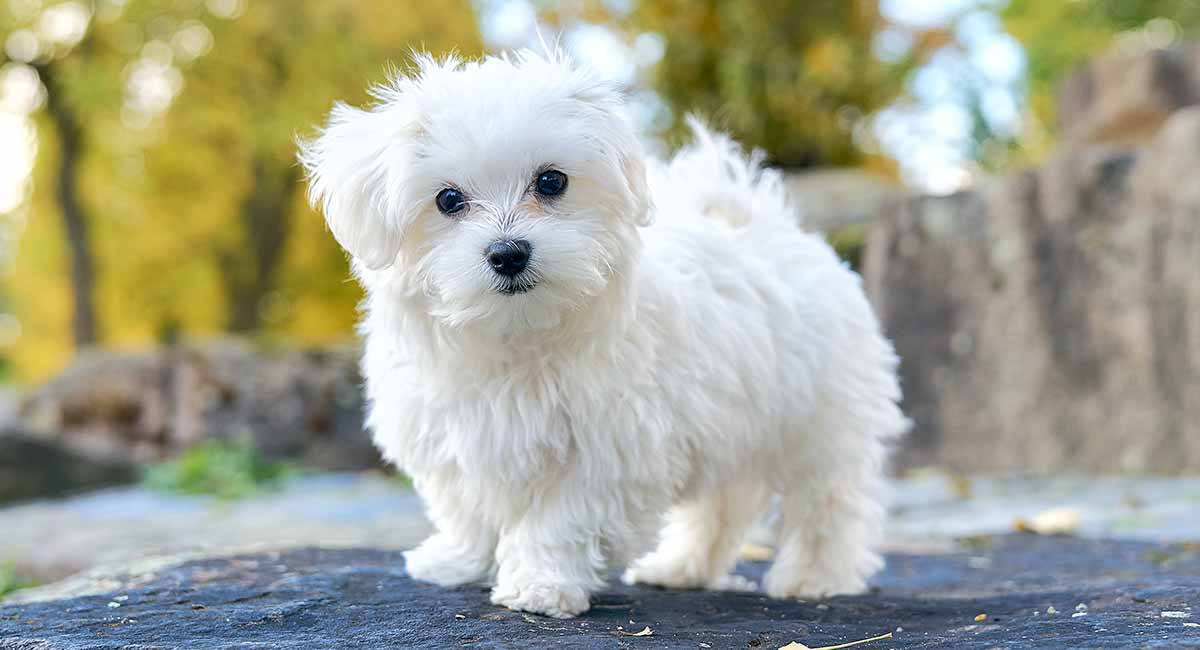With their characteristic posture of alert ears and intimidating stare, German Shepherd dogs hold enduring recognition as guards, guides, herders, hunters and heroes. How did this purely German breed evolve into one of the world’s most recognizable and versatile canines in just over a century? The GSD’s precise bloodlines and purposeful shaping for duty traces rich history still at work today.
Early Development
While ancestors of German herding spitz-type dogs date back centuries in Europe, the vision for consolidating them into a specific breed sprang from German cavalry officer Captain Max von Stephanitz in 1899. Impressed by native sheepherding dogs but lamenting their randomness, he envisioned standardizing their strengths into the ultimate working dog. With founding German Shepherd Horand von Grafath, Stephanitz established strict breed directives still guiding GSD breeding today towards intelligence, soundness, and working ability over cosmetics.
Rise to Fame
Initial German Shepherd litters sought to propagate Stephanitz’s strict ideals of versatility, obedience, strength and reliability. Their upright ears, protein-rich diets aiding bone growth, and trademark saddled black backs set them apart from other emerging German breeds. Their utility and trainability soon earned enthusiasts and honor across Europe. Police and military programs capitalized on their nosework, athletics, stamina and dedication to handlers. America welcomed imports starting 1907 as novelty show dogs, guide dogs, then war allies and cultural icons through stage, radio and Hollywood fame.
Breed Reputation Decline and Recovery
Unfortunately, haphazard 1940s-50s breeding tarnished reputations with temperament issues just as their popularity exploded. To salvage their working heritage, American enthusiasts imported fine West German bloodlines to outcross excessive sloping backs, nervous dispositions, and poor gait emerging stateside. Advanced recovery programs integrating structure, performance and extensive health testing reestablished versatile, trainable dogs true to Stephanitz’s objective. Today’s well-bred GSD once again epitomizes unwavering capability and loyalty.
The Lasting Legacy
Weather rescues, cavalry service, contraband detection, disability assistance and household guardians – the German Shepherd’s superior athleticism, acute senses, analytical ability, protective instinct and eagerness to partner with humans unleashes invaluable potential across essential roles. The GSD likely remains unrivaled in flexibility among modern dog breeds, fitting Stephanitz’s vision of the ultimate working companion full of intelligence, fidelity and excellence.
Frequently Asked Questions
Why do some German Shepherds have sloped backs?
Controversial angulation dubbed “frog dog” conformation creeps in with American show line focus on lower hindquarters theoretically enabling far reaching gait. But the extreme slope risks joint, nerve and spinal troubles minus working ability.
Are white German Shepherds the same breed?
Yes. White GSD coloring results from a recessive gene variation in standard German Shepherd DNA producing all-white or albino-like coats once considered faults. Temperament and conformation match the breed standard minus standard coloration.
What jobs still suit German Shepherds best?
Search and rescue, contraband/bomb/mine detection, disability assistance, guarding/protection roles, competitive dog sports herding, sledding and police K9 operations. Their versatility still specializes in serving humankind.
From dedicated beginnings, the German Shepherd Dog persists as a uniquely versatile canine specimen balancing sound health, essential ability, and compatibility with humans – achieving Stephanitz’s vision of the ultimate working breed.


